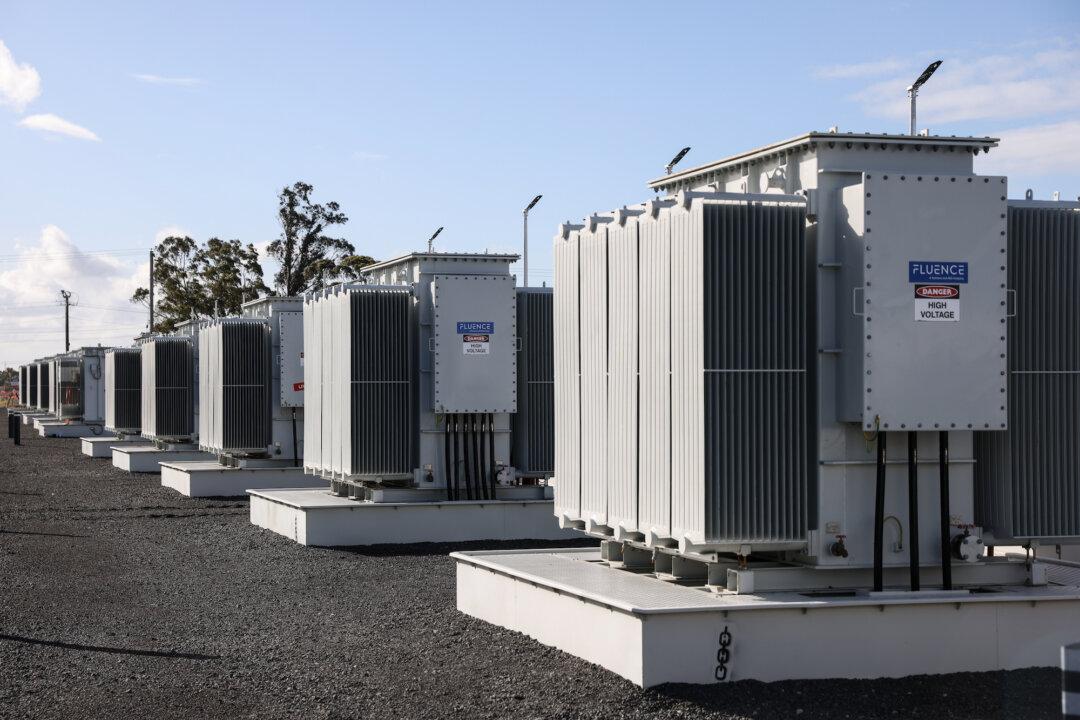Researchers from the Australian National University (ANU) have discovered a way to create interlayer exciton pairs using bilayer semiconductor technology, paving the way for faster devices that consume less energy.
This research could lay the groundwork for a new generation of smartphones and computers and next-generation technologies that high-speed computing, information processing, and data communication require.




